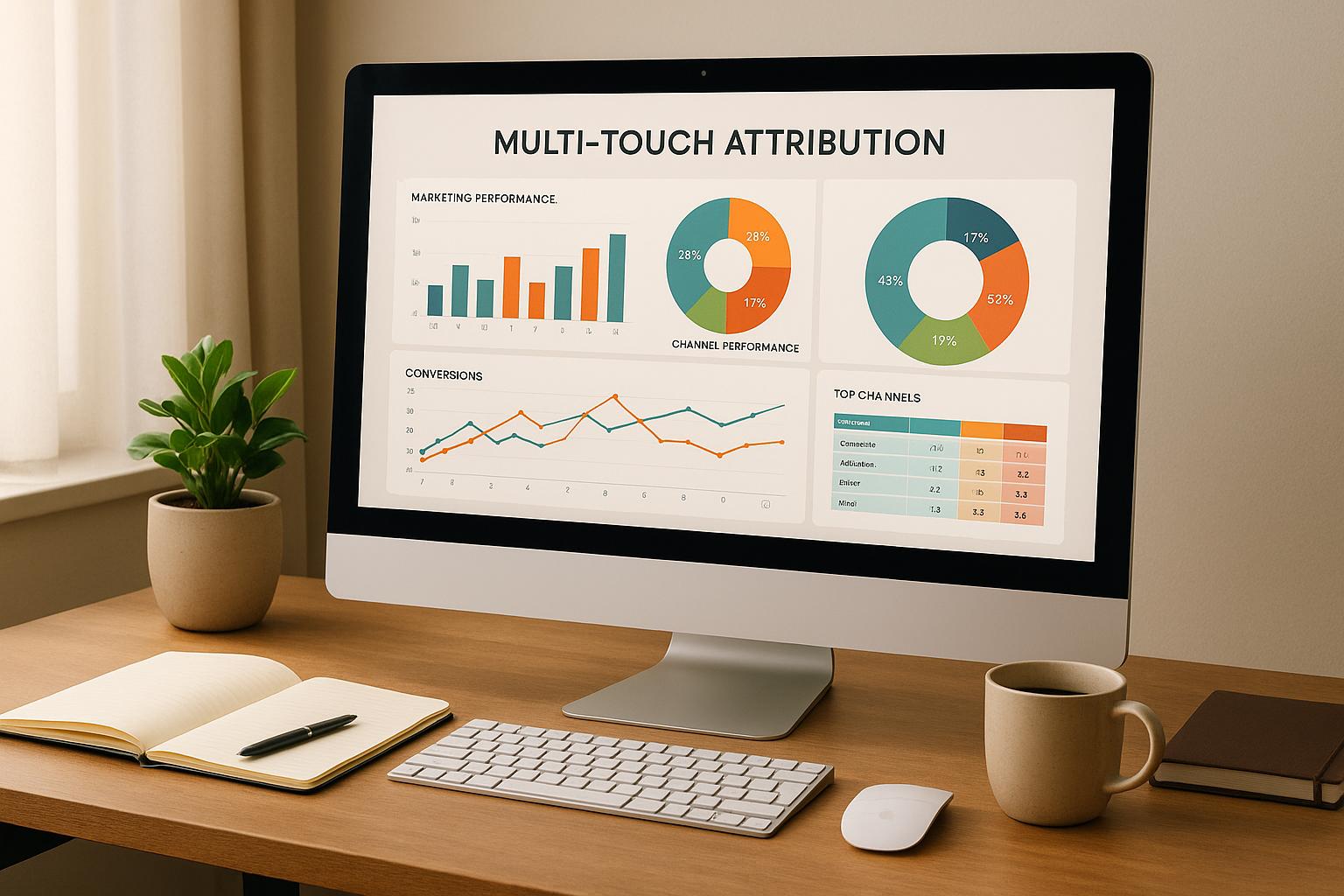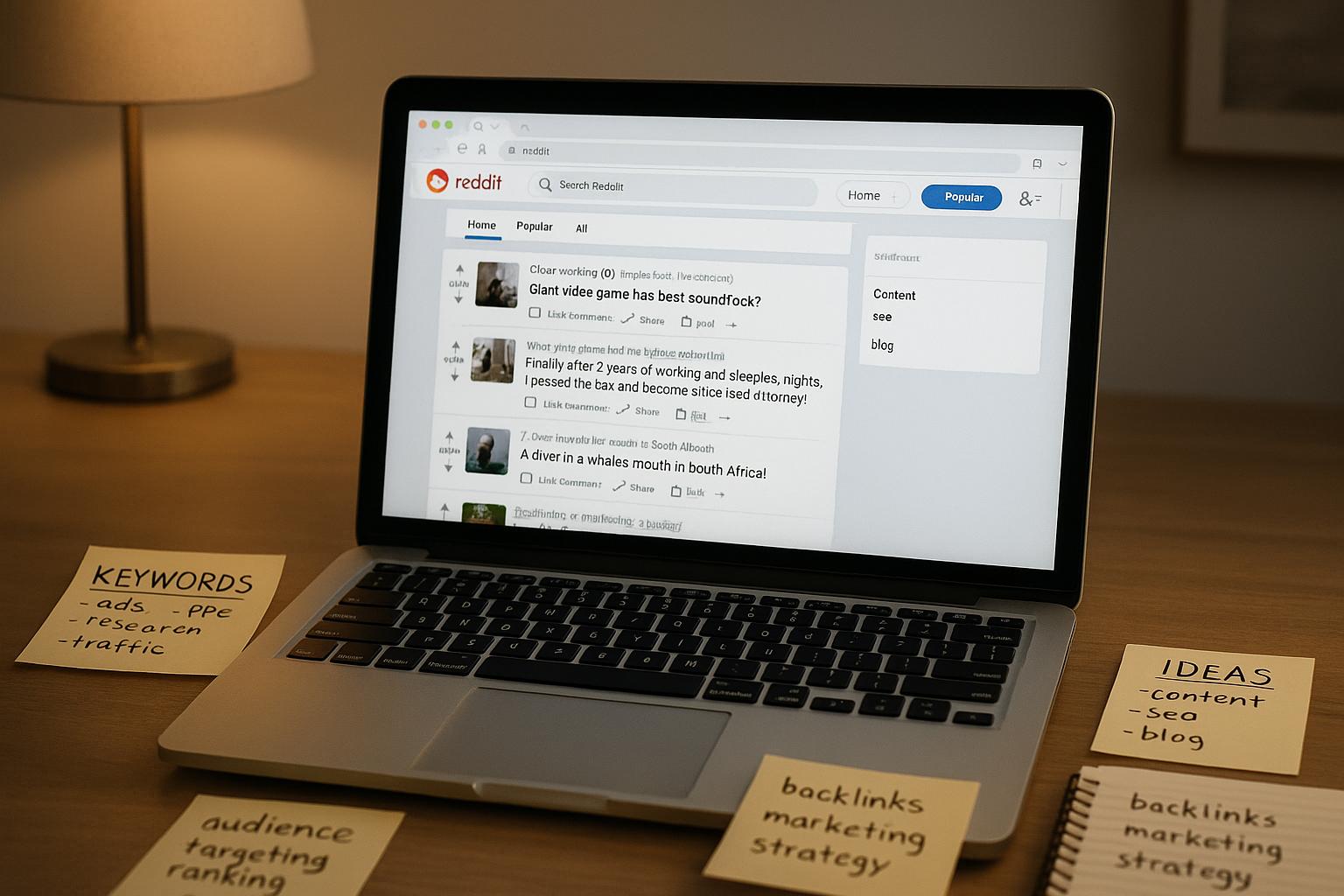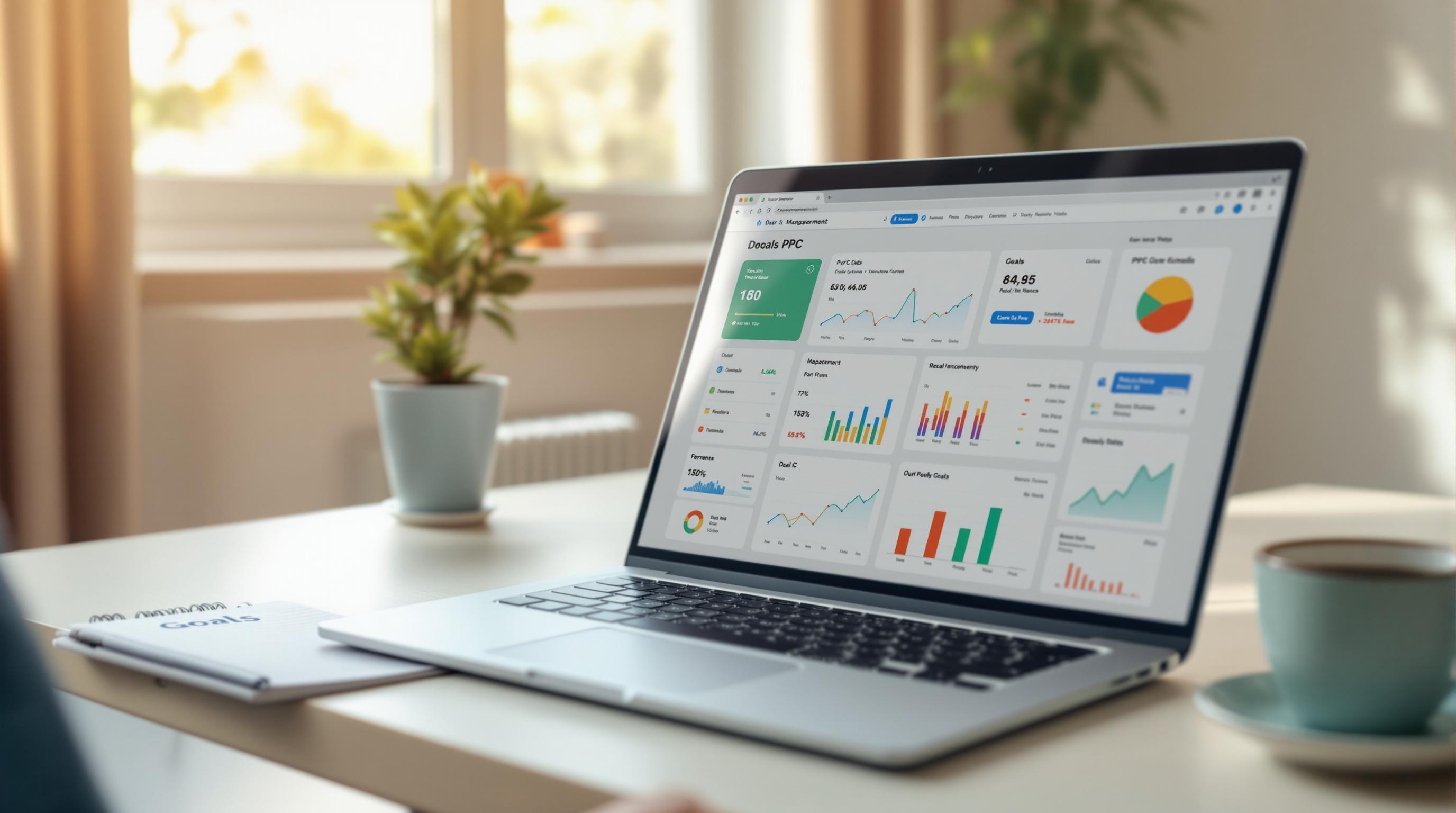Choosing between manual and automated PPC budget allocation depends on your goals, campaign size, and resources. Here's a quick breakdown:
- Manual Control: Offers precision and flexibility. Best for small campaigns, testing phases, or industries needing close oversight. But it’s time-intensive and harder to scale.
- Automation: Saves time by using AI to optimize budgets 24/7. Ideal for managing multiple campaigns or large budgets. However, it lacks the fine-tuned control of manual methods.
Quick Comparison:
| Factor | Manual | Automated |
|---|---|---|
| Budget Size | <$10,000/month | >$10,000/month |
| Campaign Count | 1-3 campaigns | 4+ campaigns |
| Market Dynamics | Rapidly changing markets | Stable and predictable markets |
| Data Volume | Limited | Large |
| Team Resources | Dedicated PPC specialist | Limited team capacity |
For the best results, combine both: use manual oversight for strategic decisions and automation for routine tasks. This hybrid approach balances control with efficiency, helping you hit marketing goals without wasting resources.
Manual Budget Allocation
Understanding Manual Budget Control
Manual budget control lets you directly manage and adjust PPC budgets. This method involves setting and modifying campaign budgets based on performance data and specific business goals. Advertisers focus on metrics like Cost Per Click (CPC), Click-Through Rate (CTR), and conversion rates to guide their decisions.
With manual budget allocation, you can:
- Set campaign budgets using past performance data
- Adjust daily or monthly spending limits
- Shift funds between campaigns based on results
- Monitor and fine-tune keyword bids
Manual Allocation: Benefits and Limitations
| Benefits | Limitations |
|---|---|
| Full control over spending decisions | Requires significant time to manage |
| Fast response to market changes | Prone to human calculation errors |
| Direct oversight of budget use | Struggles with processing large data sets |
| Allows for immediate strategy adjustments | Slower reaction to small, rapid performance shifts |
| Ideal for managing smaller campaigns | Difficult to scale across multiple campaigns |
| Builds a better understanding of campaign performance | Demands advanced PPC knowledge |
These pros and cons show when manual control is a good fit for your campaigns.
Best Uses for Manual Budget Control
Manual budget management works best in situations where precision and human judgment are crucial:
Small to Medium-Scale Campaigns
For campaigns with budgets ranging from $500 to $5,000 per month, manual control allows you to fine-tune spending. This is especially useful for local businesses or niche markets where understanding customer behavior is key.
Testing and Learning Phases
When launching new campaigns, manual management helps you:
- Track performance metrics closely
- Make adjustments based on early results
- Spot patterns that algorithms might miss, laying the groundwork for future automation
Specialized Industries
Industries with strict regulations or highly specific audiences often benefit from manual oversight. For instance, healthcare advertisers must ensure compliance with regulatory standards, while B2B marketers may need to adapt budgets based on long and complex sales cycles.
High-Stakes Campaigns
For time-sensitive promotions or high-value launches, manual control ensures quick responses to shifts in performance. This approach lets you seize opportunities or resolve issues without relying on automation to catch up.
Success with manual budget allocation depends on consistent monitoring and a clear understanding of your campaign goals. While it demands more time and effort, the level of control and insights you gain can make it worthwhile for certain PPC strategies.
Up next, we’ll look at how automation simplifies budget management.
Automated Budget Allocation
How Automation Manages Budgets
Automated PPC budget allocation relies on algorithms to distribute spending across campaigns. These systems constantly analyze performance data and make adjustments based on trends. For instance, if a campaign starts outperforming others, funds are shifted to maximize returns. However, human input is still crucial to interpret complex market trends and ensure the system stays on track.
Automated Allocation: Benefits and Limitations
| Benefits | Limitations |
|---|---|
| Processes large amounts of performance data efficiently | Lacks the detailed control that manual adjustments can provide |
| Optimizes budgets 24/7, reducing the need for manual effort | Needs human monitoring to handle unexpected market shifts |
Understanding these strengths and weaknesses helps determine when automation is most effective.
Best Uses for Automated Budget Control
Automation works well in specific scenarios:
- When managing multiple campaigns with large budgets, it simplifies the process of making frequent budget adjustments.
- For campaigns generating significant amounts of data, automated systems can quickly analyze and adjust bids in real time.
- In stable markets with clear trends, automation can efficiently allocate budgets for better performance.
The key to success lies in proper setup and regular monitoring. While automation handles day-to-day adjustments, human oversight ensures strategic goals are met and market complexities are addressed. This balance allows advertisers to take advantage of automation without losing control over the bigger picture.
Selecting Your Budget Method
Decision Criteria
Deciding between manual and automated budget allocation depends on several important factors:
| Campaign Factor | Best for Manual Control | Best for Automated Control |
|---|---|---|
| Budget Size | Less than $10,000/month | More than $10,000/month |
| Campaign Count | 1-3 campaigns | 4 or more campaigns |
| Market Dynamics | Rapidly changing markets | Stable and predictable markets |
| Data Volume | Limited data available | Large amounts of data |
| Team Resources | Dedicated PPC specialist | Limited team capacity |
Your choice should align with your campaign goals and available resources. Automated systems work well for managing multiple campaigns and making real-time adjustments, while manual control offers precision for smaller, more focused efforts.
Combining Manual and Automated Methods
A mix of manual and automated approaches often delivers the best outcomes:
Strategic Manual Oversight
- Set campaign parameters and budget limits.
- Review automation rules every quarter.
- Check performance metrics weekly.
- Step in during market shifts or seasonal trends.
Automated Daily Operations
- Manage routine bid adjustments.
- Scale and adjust budgets automatically based on performance.
- Optimize ad delivery timing without manual input.
This balanced approach ensures you're combining the precision of manual control with the efficiency of automation. Regularly review performance thresholds to decide when to step in and adjust automated actions. This balance helps create a strong and adaptable PPC strategy.
sbb-itb-89b8f36
PPC Automation: Less Spreadsheets, More Strategy 🎯
Budget Management Guidelines
Managing budgets effectively, whether manually or through automation, starts with setting clear goals and tracking performance consistently.
Setting Campaign Goals
Establish specific, measurable PPC goals using key metrics like ROI, CPA, and Conversion Rate. Here's a quick reference:
| Metric Type | Example Target | Tracking Frequency |
|---|---|---|
| ROI | 300% minimum | Weekly |
| CPA | $25 or less | Daily |
| Conversion Rate | 4% or higher | Weekly |
| Click-Through Rate | 2.5% minimum | Daily |
| Quality Score | 7+ average | Bi-weekly |
Once your goals are set, monitor performance closely to ensure you're on track and adjust spending as needed.
Performance Tracking
Keeping a close eye on both high-level and detailed metrics is crucial for making smart budget decisions. Focus on these areas:
Campaign Health Metrics
- Cost per click (CPC) trends
- Impression share
- Performance by geography and device
- Budget utilization
Revenue Impact
- Return on ad spend (ROAS)
- Revenue per click
- Lifetime value of converted customers
Using Top PPC Marketing Directory
The right tools can make all the difference in tracking and optimizing your campaigns. The Top PPC Marketing Directory is a great resource for finding them.
Budget Optimization Tools
- AdNabu: Ideal for automating e-commerce campaigns
- Ads360: Offers AI-driven budget management
- Click Guardian: Helps prevent fraudulent clicks
- Reporting Ninja: Delivers detailed performance analytics
When selecting tools, consider the scale of your campaigns and your preferred management style. For example, e-commerce businesses handling multiple campaigns might benefit from AdNabu's automation, while those wanting more hands-on control should look for tools with detailed reporting features.
Conclusion
Decide between manual or automated PPC budget allocation based on your campaign's complexity, available resources, and specific goals. Manual control gives you precise oversight, making it ideal for smaller campaigns. On the other hand, automation handles large-scale operations and processes complex data more efficiently.
For the best results, consider mixing both approaches: use manual oversight for strategic decisions and automation for routine tasks. This combination allows you to stay in control while streamlining operations.
Effective budget management also requires the right tools and ongoing monitoring. The Top PPC Marketing Directory can help you find solutions tailored to both manual and automated strategies.
Keep your campaign goals clear, track key metrics, and adjust as needed. With the right setup, both approaches can deliver a strong return on investment.


